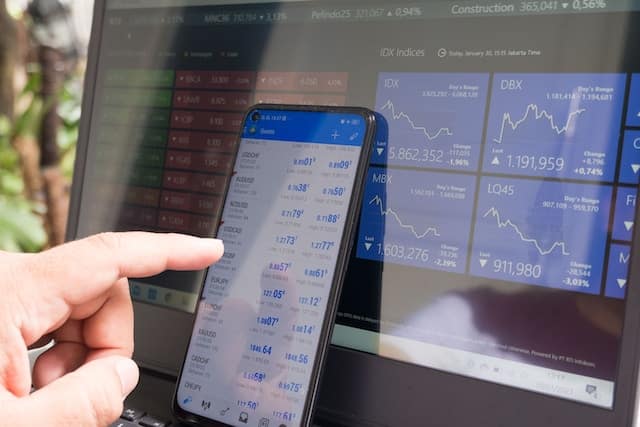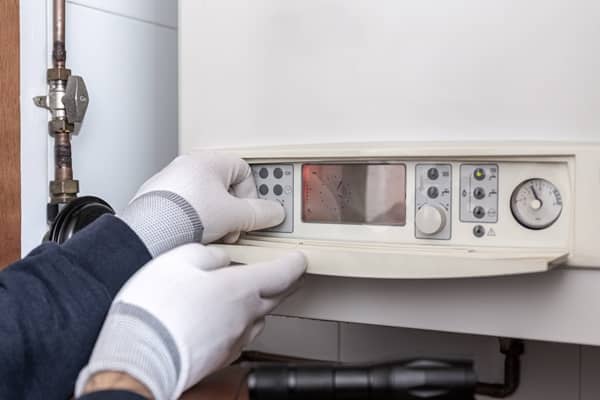Many people want to avoid losing money when starting out with forex trading. Free forex signals help beginners reduce risk by offering timely trade ideas and guidance from more experienced traders. These signals often come with explanations, which can make it easier to understand why a trade is suggested and teach new traders about the market.
Learning to use these alerts helps beginners follow the strategies used in daily Forex trading signals from experts, where the right tips and signals can also help new traders avoid some common mistakes and make smarter choices with their trades.
Anyone curious about forex trading or interested in seeing how others profit from exchanging currencies online can find helpful information before even making a trade. Simple explanations and signals can make the learning curve less stressful for those just starting.
How free forex signals reduce risk for beginners
Free forex signals make it easier for new traders to manage their trades and learn from experts. When beginners follow signals, they can make trading decisions using experienced analysis and structured risk control.
Understanding the basics of forex signals
Forex signals are trade ideas that show when to enter, exit, or set a stop-loss for a currency pair. They are often created by traders who use analysis and strategies to choose promising trades. The signals can help beginners avoid guessing by offering clear instructions and details such as time, price, and trade direction.
For beginners, this step-by-step guidance reduces confusion. Instead of making blind choices, they get easy-to-read cues for action. With practical tips, like where to set stop-loss or take-profit points, it becomes less likely to make errors. This helps them gain confidence as they build trading experience.
Key risk management features of free forex signals
Free forex signals often come with built-in risk management tools to protect users from big losses. These tools usually include suggested stop-loss and take-profit levels, keeping risk small if a trade does not go as planned.
A table can show how these features work:
| Feature | Benefit for Beginners |
| Stop-Loss | Limit losses on each trade |
| Take-Profit | Locks in profits at set points |
| Trade Size | Recommends safe trade amounts |
Signals teach new traders about risk per trade and help prevent emotional decisions. Following these limits can make it easier for beginners to avoid trading too much or risking more than they can afford.
Real-time decision-making support
One of the greatest advantages of free forex signals is the support they give in real time. Signals are usually sent as soon as opportunities appear, allowing traders to act fast based on current market movements.
By getting alerts during trading hours, beginners can see how professionals react to changes in price or news. This teaches them timing, which is important for reducing risk. Fast updates also keep them from holding losing trades for too long or missing out on chances to exit safely.
With this kind of support, new traders are less likely to act out of panic or guesswork. Instead, they develop habits for careful and safer decision-making, even when markets move quickly.
Best practices for using free forex signals safely
Free forex signals can help traders make better decisions, but mistakes can still happen if traders do not take careful steps. Knowing how to select trustworthy signals, use them with personal insight, and apply correct risk controls can lead to safer trades.
Choosing reliable signal providers
Traders should first look for signal providers with a consistent record and clear communication. Signals that include clear entry, stop-loss, and take-profit levels are easier to follow. It is best to avoid providers that offer unrealistic profit promises or lack proof of past performance.
Transparency matters. A good provider explains how the signals are generated, whether by algorithms or analysts. Also, check for user feedback and reviews, as these can reveal common problems or strengths.
Testing signals on a demo account is a safe way to see how they work before risking real money. This step also allows traders to spot errors or delays in the signals. Reliable signals should fit personal trading styles and goals.
Combining signals with personal analysis
Relying only on signals can be risky. Traders should use signals as guides but always research the market themselves. Technical tools like support and resistance, candlesticks, and indicators can confirm or question a signal’s advice.
Personal analysis helps traders spot changes in market trends. For example:
- Reviewing economic news
- Checking chart patterns
- Watching for sudden price swings
Comparing a signal with their own findings can improve confidence before entering a trade. This double-checking method lowers the chance of following a flawed signal.
Setting effective stop-loss and take-profit levels
Proper stop-loss and take-profit settings limit how much a trader can lose or gain per trade. Instead of using only the signal provider’s exact levels, traders should adjust these points based on their own risk preferences and account size.
A stop-loss should be placed far enough to avoid being triggered by normal price movements, but not so far that losses are too large. A take-profit level should match the planned reward compared to the risk being taken, such as a 1:2 risk-to-reward ratio.
By adjusting these levels, traders can keep emotions out of their decisions and avoid turning small losses into big ones. This process also helps protect accounts from major drops during unexpected market events.
Conclusion
Free forex signals give beginners useful alerts that can help them spot good trading chances and avoid big losses. By following guidance from experienced traders, new users can develop better habits and learn to manage their risks more effectively.
These signals can save time, reduce stress, and help beginners build confidence. Careful use of signals, paired with smart money management, allows beginners to grow their knowledge while keeping their risk low.








